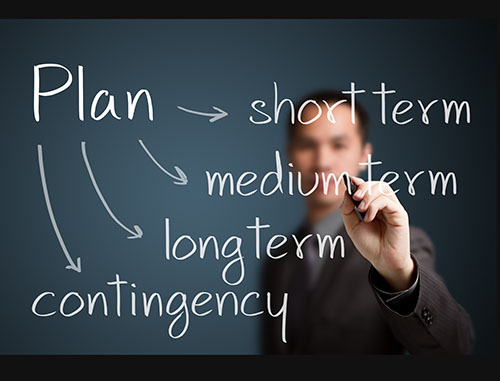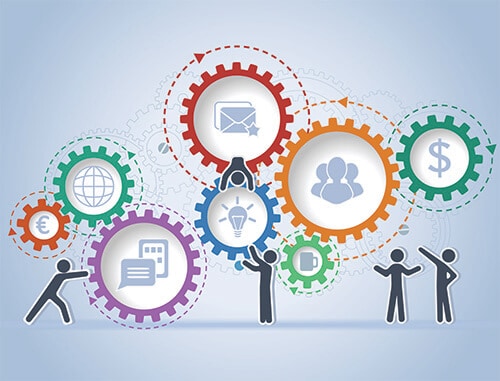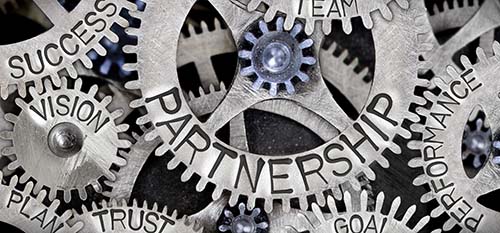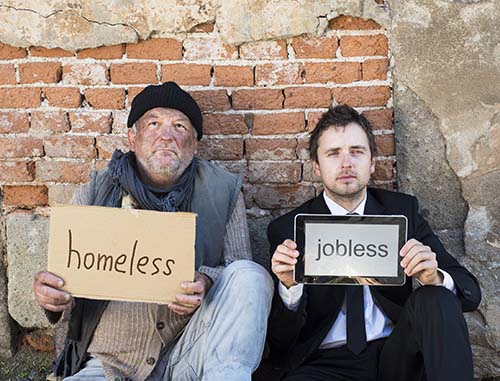We Have More Control Than We Think

November 17, 2020
Across the globe, none of us remain untouched by the pandemic, every income strata, every race, every community, every for-profit business and certainly every nonprofit organization.
Survey estimates by Nonprofit Advisor predict that 30% of nonprofits will be shuttered this year. The loss of revenue has been widespread with 73% of organizations surveyed by La Piana Consulting reporting a drop. Just last week, The New York Times reported on the compounding loss our sector faces with volunteerism falling sharply too.
At The Fedcap Group, we are working hard to sustain efforts we know are critically important to the global recovery from the pandemic. Job training and mental health and substance abuse services will ensure that the individuals we serve – living in cities and towns that dot our country’s landscape – have the opportunity to rebound.
This is not an easy task. We are preparing for 2021 to be one of the most challenging in the history of our 85-year-old organization. More than ever, we are working hard to control the areas we can control. The only strategy is to be prepared—at every level of the organization—and know what we need to know to effectively plan and course correct. A recent article in the Nonprofit Leadership Center suggested that there are five critical areas on which all nonprofits must focus if we are to survive the turbulent times ahead. I have added a sixth.
- Understand your cash position. The Fedcap Group has dedicated significant time every week during our Executive Meetings to ensure that we fully understand our cash status, trends and areas of concern. This has resulted in a clear plan to address issues in accounts receivable.
- Assess revenue streams and damage. Every company leader of The Fedcap Group is charged with ensuring that they understand the revenue/expenses of every one of their programs and to reduce expenses as indicated. This has been challenging but critical to long term sustainability.
- Look at the dual bottom line. Both finances and impact matter. While we believe that every program of The Fedcap Group is doing important things, it may not be possible to continue current levels and types of service delivery. When necessary, we are prioritizing programs that are making the greatest impact in the lives of the most vulnerable.
- Include everyone in the discussion. Weekly, a large group of individuals come together from across our footprint to discuss issues critical to the sustainability of the organization. We know that the solutions to effectively navigating these challenging times lie in the integration of ideas of many people, from all levels of the organization.
- Communicate consistently. One of few the upsides of the pandemic at The Fedcap Group has been an increased communication between our Executive Team and board, staff, and stakeholders. Like most companies, we’ve learned how to effectively use Zoom technology to stay connected. We’ve also learned that it is not possible to over-communicate during this time of upheaval.
- Understand and build your pipeline. (Added). As some of our current contract revenue decreases due to shut-downs, slow-downs or reductions in government funding, The Fedcap Group is strategically and aggressively identifying new opportunities that align with our mission and at the same time have the potential to generate maximum margin. There are opportunities on the horizon, and we are working to ensure that we are well positioned to take advantage of each one.
It is true that we are facing unprecedented challenges. It is also true that if we work smart, strategically and leverage all of what we know, we can, in many ways, control our destiny.
As always, I welcome your thoughts.












